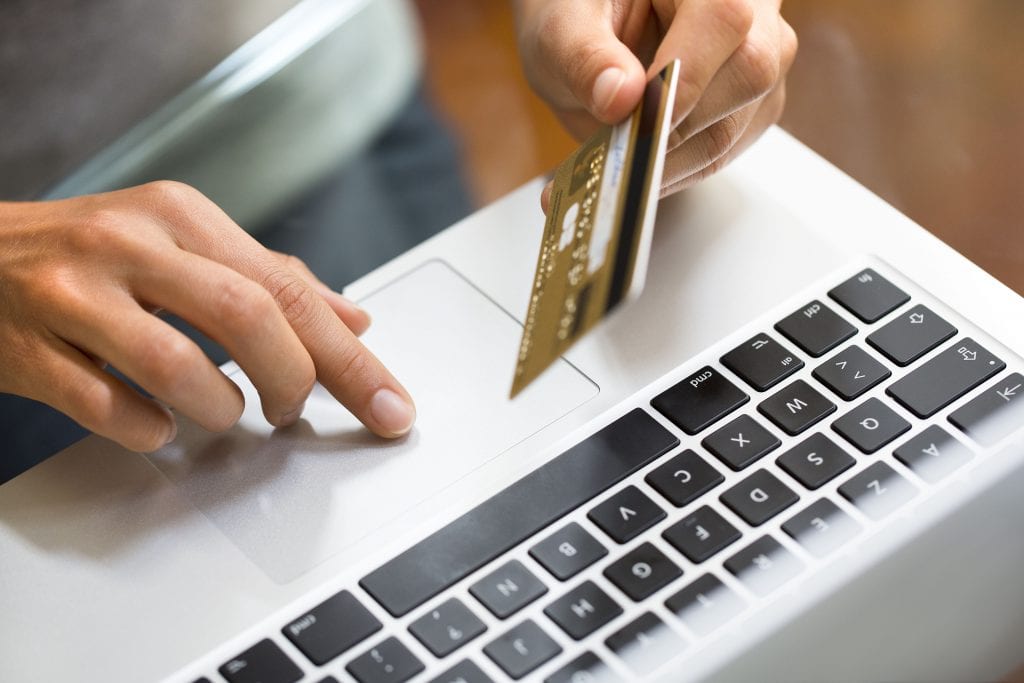There are three categories of providers in the P2P space: financial institutions (e.g., clearXchange), processors (Fiserv and PopMoney, FIS and People Pay, Co-op Financial and Sprig), and independent third parties (PayPal, Venmo owned by PayPal, Square Cash owned by Square). Each is competing to provide financial institutions with its P2P application and to provide consumers with the most appealing interface and features to attract greater usage.
Snapchat has now announced it will be adding Snapcash to Snapchat in coordination with Square Cash. It made sense that there would eventually be an extension of the P2P product to existing mobile applications. Payments have long been one of the functions talked about in this space. Other social media apps will eventually add or embed P2P functionality in the social networking arena. Facebook has recently acknowledged that P2P payments is in development at Facebook and eventually will be introduced through Facebook Messenger (according to Techcrunch, October 5, 2014). The app is expected to operate similar to Square Cash.
According to today’s news, Snapchat filed for P2P payment patents earlier in 2014. These patents were for apps for processing payments “to and from others” and for “electronic transfer of money for others.” Snapchat will receive individual and debit card details and pass those along to Square Cash, which will receive and store all personal and financial information. When a user accesses Snapchat’s user interface and types in a dollar sign, the software recognizes the “send money feature” and changes the “Send” button to a green Snapcash button. The message goes out as a P2P message. Receivers of Snapcash notifications simply respond with their debit card information to set up a Square Cash account and receive the cash if they don’t already have a Square Cash account.
The independent third-party P2P services do not have a natural source of new users. They have relied on word of mouth and targeted engagement tactics (for example, focusing on the college student market with a no-cost product tied to debit cards or the underlying DDA account). It was inevitable that these independent P2P providers, which have compelling products already, would establish strategic marketing partnerships and embed their P2P functionality within other mobile apps. This has finally happened with Snapchat, the breakout disappearing-photo message app that has become all the rage on college campuses and beyond. One downside of this partnership is the age of Snapchat users. Only 36% of these users are over the age of 18, and most probably don’t have a debit card yet. So the impact on current Snapcash (Square Cash) usage is likely to be low for now, but there is a potential marketing feeder system being developed for users as they age.
This is the first time that Square has partnered with another mobile app and offered Square Cash as a feature within another mobile app. Expect to see more partnering in the future with P2P service providers and stand-alone apps.
